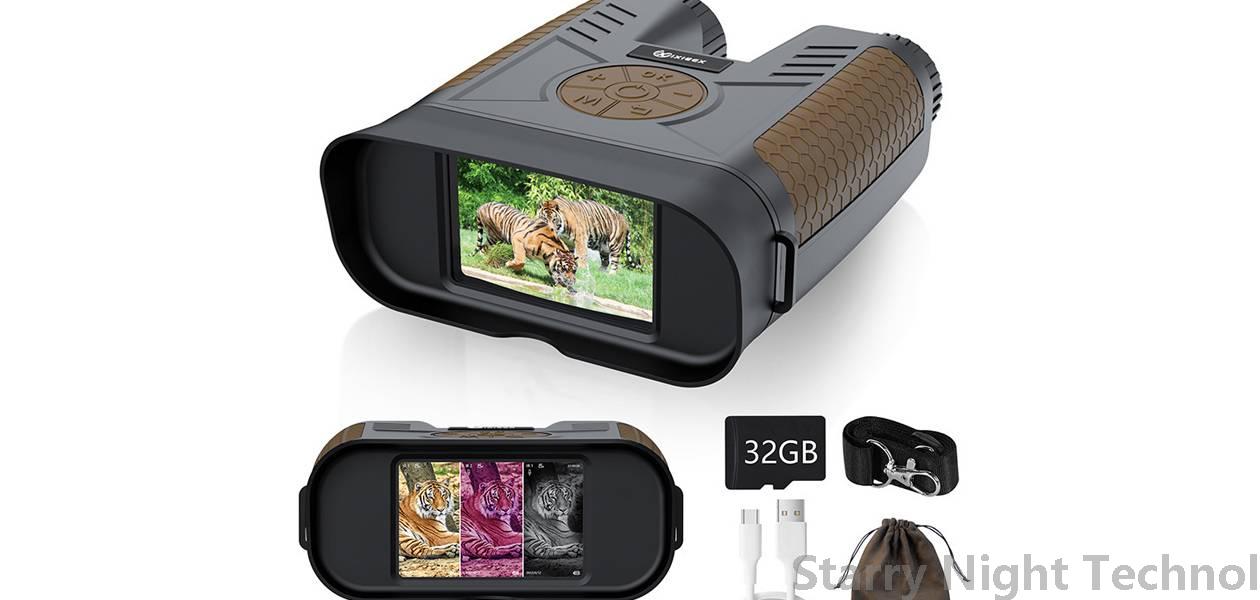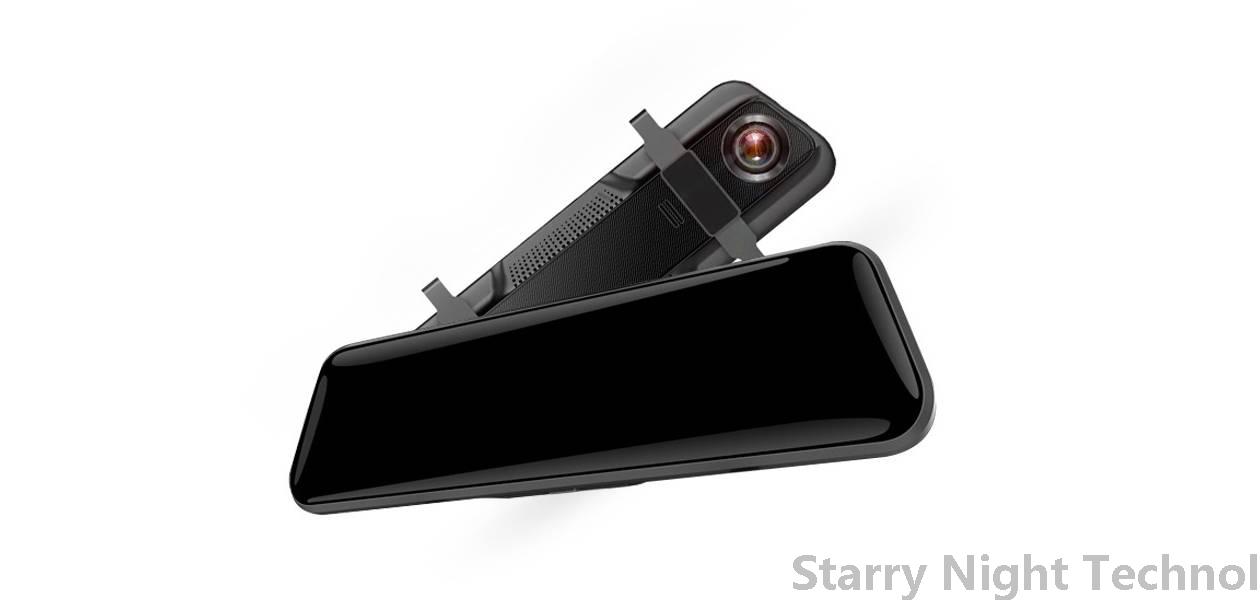Night Vision Technology in Astronomical Research
1757228412000

The vast expanse of the universe has always piqued human curiosity. From ancient civilizations charting stars to modern astrophysicists exploring distant galaxies, humanity's journey into the cosmos is rich with wonder and discovery. As researchers strive to peel away the layers of the universe's mysteries, their tools become increasingly sophisticated. Among these innovations, night vision technology has emerged as a pivotal asset for astronomical research.
#### Understanding Night Vision Technology
Night vision technology allows users to observe environments in low-light conditions by amplifying available light or converting infrared radiation into visible images. Traditionally utilized in military applications, outdoor activities, and surveillance, night vision systems have now found significant traction in various scientific fields, particularly astronomy.
**Types of Night Vision Technologies:**
1. **Image Intensification (I2):** This classic form utilizes electrons emitted from a photomultiplier tube, which amplify the incoming photons, making dimly lit scenes visible.
2. **Thermal Imaging:** Unlike I2, thermal cameras detect heat rather than visible light. They translate infrared radiation (emitted based on temperature) into digital imagery.
3. **Near-Infrared Sensors:** These capture wavelengths just beyond the visible spectrum, allowing astronomers to visualize celestial objects that are often obscured or invisible to standard optical telescopes.
#### The Role of Night Vision in Astronomy
Astronomy relies heavily on observing faint celestial bodies and phenomena—challenges well-suited to the capabilities of night vision technologies. Here’s how they contribute significantly:
1. **Detection of Faint Objects:** One of the foremost benefits of night vision technology is its ability to unveil cosmic entities hidden from traditional optical scopes. Many deep-space objects, such as gas clouds forming new stars or dwarf planets lurking in the outer solar system, often emit minimal light but show detectable signals in near-infrared. With advanced night vision equipment, astronomers can track transients and variable stars that were otherwise lost against brighter backgrounds.
2. **Studying Exoplanets:** The hunt for exoplanets—the planets orbiting stars outside our solar system—benefits greatly from night vision technology. By using instruments capable of detecting light signatures in different spectra, scientists unpack atmospheric compositions, potential habitability, and variations in brightness caused by planetary movements. Night vision enhances this detection capability during unfavorable nighttime observation conditions.
3. **Monitoring Atmospheric Conditions:** A lesser-known feature of night vision technology is its utilization for monitoring terrestrial atmospheric conditions, critical for ground-based observatories. Turbulence in the atmosphere distorts stellar images, hampering observations; thus, real-time assessments made with night vision devices during nighttime can inform necessary adaptive optics adjustments, improving clarity in long-duration captures.
 5. **Education and Outreach Programs:** Beyond direct astronomical applications, night vision technology serves as an engaging tool within educational contexts. Planetariums, observatories, and science centers incorporate night vision demonstrations to captivate and inspire budding astronomers and enhanced public interest in space exploration.
5. **Education and Outreach Programs:** Beyond direct astronomical applications, night vision technology serves as an engaging tool within educational contexts. Planetariums, observatories, and science centers incorporate night vision demonstrations to captivate and inspire budding astronomers and enhanced public interest in space exploration.#### Challenges and Limitations
Despite its numerous advantages, integrating night vision technology into astronomical research does not come without challenges. Some limitations include:
1. **Calibration Requirements:** Instruments employing night vision must be meticulously calibrated to ensure accurate readings. Variances in environmental light pollution and sensor sensitivity may introduce distortions requiring careful correction.
2. **Cost Constraints:** Developing advanced night vision technology for professional use entails significant monetary investment. Ongoing maintenance of sensitive instruments also constitutes a considerable financial burden on institutions, often leading to restricted accessibility in lower-funded organizations.
3. **Data Interpretation:** Analyzing data gleaned via night vision technology necessitates heightened understanding given the complexity of signals processed, especially when distinguishing between genuine astronomical phenomena and artifacts resulting from amplification processes.
#### Conclusion
As the frontiers of astronomical research continue expanding, leveraging innovative technologies becomes imperative. Night vision technology represents a convergence point between innovation and tradition, enhancing observational capacity while enabling researchers to ask profound questions about the nature and origins of the universe.
With advancements accelerating at unprecedented rates—from improved image resolution to artificial intelligence-driven data analysis—the sky isn't the limit; it is merely the beginning. Armed with night vision capabilities, astrophysical explorers are better equipped than ever to delve deeper into the cosmos and unravel the secrets of existence that await discovery. In essence, night vision is illuminating not only the darkness of the universe but also the limitless possibilities of human inquiry.
Night vision device cleaning productsStarry Night Technol

